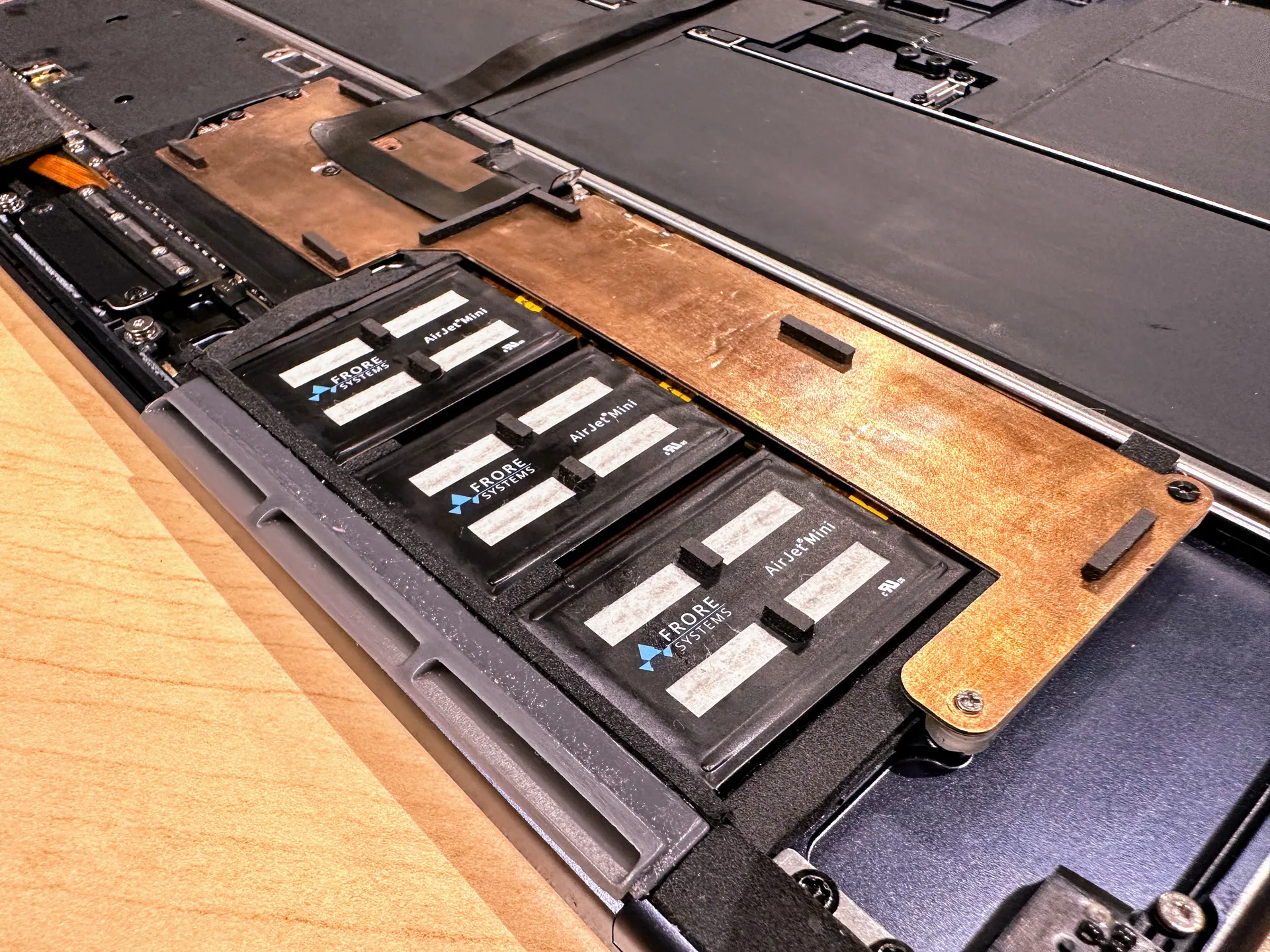All of my opinions are italicized and sources are in blue.
To avoid any confusion, the Macbook Pro I am referring to is the old 13 inch M2 Macbook Pro with the Touch Bar. The only difference between the Macbook Air and this Macbook Pro is that the Pro has a fan, while the Air is passively cooled.
Frore Systems is a startup with $116 million in funding. Its first product, the AirJet Mini, is a piezoelectric cooling chip that weighs just nine grams and is thinner than two US quarters stacked together. Each nominally consumes one watt and can remove 4.25 additional watts of heat. The AirJet Mini generates 1750 Pascals of back pressure, 10x higher than a fan, enabling sleek, dustproof devices.
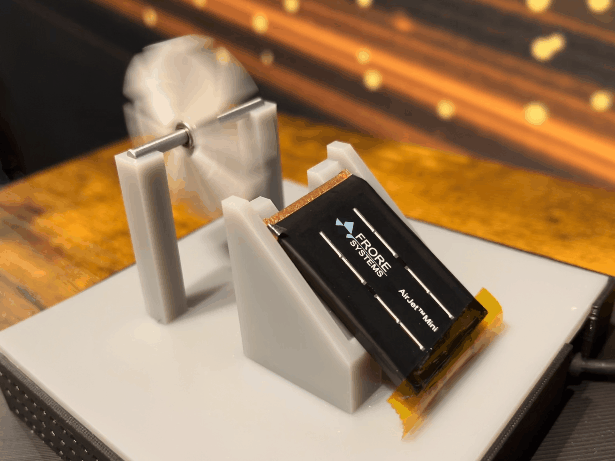
The reason that a device like the Macbook Air needs something like the AirJet is for endurance. When using heavy applications, like video editing, for extended periods of time, the Macbook Air has to thermal throttle to prevent the chassis from burning the user. If you are only during light work, like web based applications, or quick bursts of heavy video editing, passively cooled laptops will work just fine.
This modification does make a significant difference. As seen in the chart below, the AirJet allows the M2 processor to maintain a higher frequency and draw more power then the non-modified Macbook. With Cinebench R23, multicore scores seriously dipped after just a few repeat benches — from 8775 with AirJet to 8380 without. What’s happening here is fairly well understood: today’s processors are only as fast as they can be cooled, with many advertising “turbo” modes that the thinnest computers can only maintain for a short time. For example: Apple’s Air can run the M2 chip at 3.2GHz but throttles down to 2.8GHz after 30 minutes of Cinebench R23.
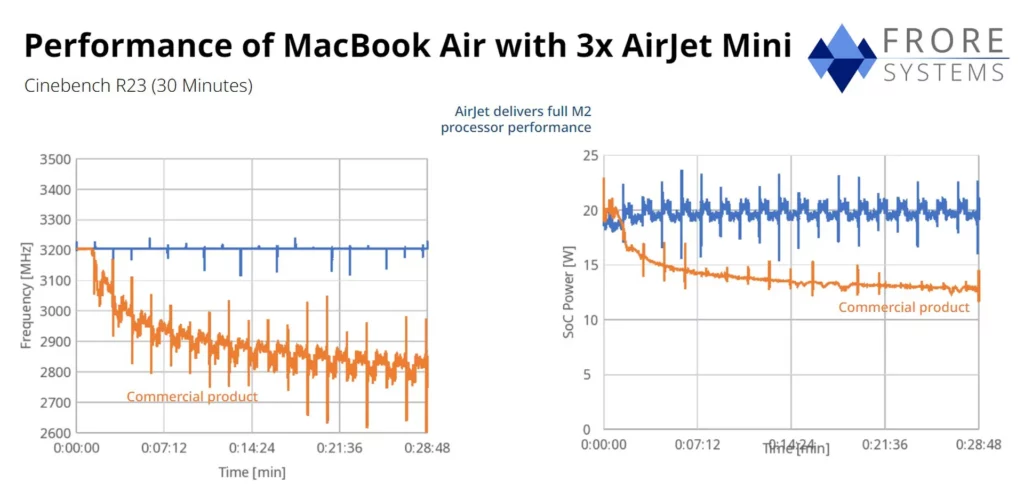
If you want to add AirJets to your Macbook Air after reading this, please don’t. Even Frore had to painstakingly mill 0.3mm out of the laptop’s lid to give the AirJets a big enough air gap to do their thing, and the company wound up removing the speakers, Wi-Fi antenna, MagSafe charging, and even the Mac’s internal keyboard connector along the way.
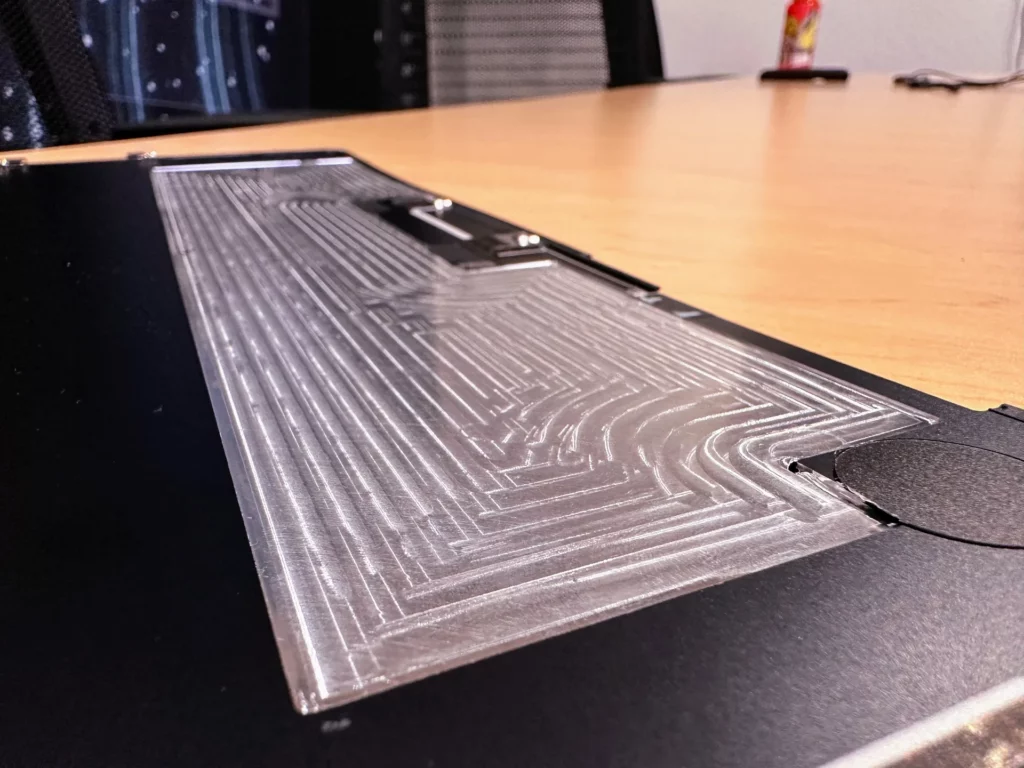
The purpose of this demo is to show that it is possible to fit the AirJet into very thin laptops, without compromising on performance. Engineering chief Prabhu Sathyamurthy claims laptops can get even thinner if they’re designed with AirJet in mind and they could reach 9.5mm in thickness simply by substituting a thinner keyboard and a thin OLED display, the company claims.

As reported by Ars Technica,
On Tuesday, Stability AI released Stable Video Diffusion, a new free AI research tool that can turn any still image into a short video—with mixed results. It’s an open-weights preview of two AI models that use a technique called image-to-video, and it can run locally on a machine with an Nvidia GPU.
Last year, Stability AI made waves with the release of Stable Diffusion, an “open weights” image synthesis model that kick started a wave of open image synthesis and inspired a large community of hobbyists that have built off the technology with their own custom fine-tunings. Now Stability wants to do the same with AI video synthesis, although the tech is still in its infancy.
Right now, Stable Video Diffusion consists of two models: one that can produce image-to-video synthesis at 14 frames of length (called “SVD”), and another that generates 25 frames (called “SVD-XT”). They can operate at varying speeds from 3 to 30 frames per second, and they output short (typically 2-4 second-long) MP4 video clips at 576×1024 resolution.
A 14-frame generation took about 30 minutes to create on an Nvidia RTX 3060 graphics card, but users can experiment with running the models much faster on the cloud through services like Hugging Face and Replicate (some of which you may need to pay for). In our experiments, the generated animation typically keeps a portion of the scene static and adds panning and zooming effects or animates smoke or fire. People depicted in photos often do not move, although we did get one Getty image of Steve Wozniak to slightly come to life.
The Stable Video Diffusion source and weights are available on GitHub, and another easy way to test it locally is by running it through the Pinokio platform, which handles installation dependencies easily and runs the model in its own environment.
As reported by Ars Technica,
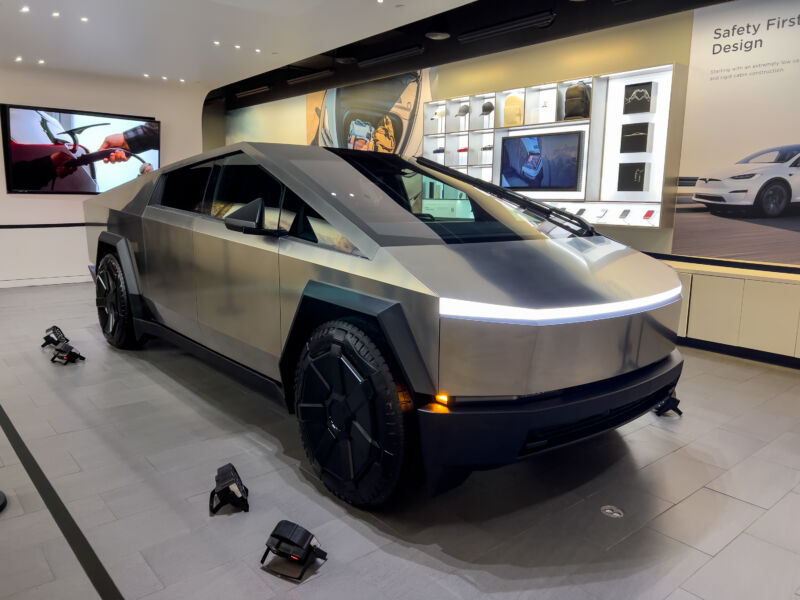
On Thursday afternoon, Tesla delivered the first 10 production Cybertrucks to customers at an event livestreamed on Twitter. A demo video featured shots of the Cybertruck negotiating barren wildernesses, including one that was meant to look like Mars. Musk took to the stage almost half an hour late, initially delivering his presentation from the back of a truck with his face hidden in shadow.
Musk claimed the Cybertruck is better than any other truck but also more of a sports car than any other sports car, made of a “special Tesla designed steel alloy” that he claimed will never rust and which cannot be stamped but which can also be produced in volume.
Mindful of the window-breaking debacle during the truck’s debut in 2019, Tesla designer Franz von Holzhausen came on stage to throw baseballs at its windows. Unlike last time (when presenters used metal balls), the allegedly bulletproof glass did not shatter. Musk implied that in a crash with another vehicle, the Cybertruck—which weighs 6,603–6,843 lbs (2,995–3,104 kg)—will destroy the other vehicle.
The Tesla CEO also reiterated that the truck’s body panels are bulletproof, citing “late civilization vibes,” although the wheels and tires are very much not bulletproof but quite necessary if the truck is required to move from place to place.
While the presentation was light on details, Tesla published a webpage for ordering the truck that fills in some of the blanks. Interestingly, the price to put down a deposit has increased, from $100 to $250. The cheapest configuration will be a rear-wheel drive Cybertruck that won’t be available until 2025, at an estimated $60,990. Tesla predicts this variant will have a range of 250 miles (402 km) and a 0–60 time of 6.5 seconds.
The other two variants both list availability in 2024. The all-wheel drive version of the truck has a claimed range of 340 miles (547 km) and a 3.9-second 0–60 time (or a 4.1-second time, depending on which page you look at), with a 112 mph (180 km/h) top speed. Tesla says the AWD Cybertruck has 600 hp (447 kW) and 7,435 lb-ft (10,080 Nm) of torque, suggesting Tesla is reporting torque the same hyperbolic way that GMC chose to with the “11,500 lb-ft” Hummer EV. This truck has an estimated price of $79,990, which importantly means its starting price is less than the price cap for the IRS’s clean vehicle tax credit.
The final variant is the Cyberbeast, which Tesla estimates will cost $99,990. Range is a bit less at 320 miles (515 km), but it has 845 hp (630 kW), a claimed 10,296 lb-ft (13,959 Nm), and a top speed of 130 mph (210 km/h), as well as that aforementioned 2.6-second time to 60 mph.
Take-Two Interactive and 2K Games are facing a class action lawsuit accusing the company of theft and unlawful business practices, due to virtual currency being non-transferrable between games and lost once servers for older titles are deactivated.
In a complaint filed on November 17 in a federal court for the Northern District of California, a minor represented by their parent is seeking “equitable non-monetary and monetary relief” for themselves and those whose in-game currency was removed from a 2K Games account from November 17, 2019 to the present.
So, when the servers of a game like NBA 2K21 get deactivated, as happened on December 31 2022, any currency left in players’ accounts on it essentially becomes worthless, as well as impossible to access. After all, if you’re no longer able to play against others online or continue building up your MyTeam as intended, your virtual fortune becomes a bit of a joke.
The games mentioned include NBA 2K, WWE 2K, and PGA Tour 2K.
The lawsuit argued that the publisher “offers no reason or explanation for why it does not refund or allow transfer of these funds from its customers accounts,” and that players are “given no warning when they purchase in-game currency” that this can happen.
As reported by ANandTech,
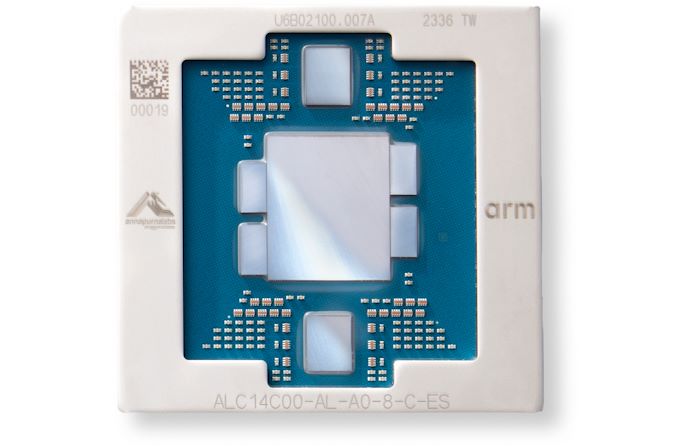
Nowadays many cloud service providers design their own silicon, but Amazon Web Services (AWS) started to do this ahead of its rivals and by now its Annapurna Labs subsidiary develop processors that can well compete with those from AMD and Intel. This week AWS introduced its Graviton4 SoC, a 96-core ARM-based chip that promises to challenge renowned CPU designers and offer unprecedented performance to AWS clients.
“By focusing our chip designs on real workloads that matter to customers, we are able to deliver the most advanced cloud infrastructure to them, Graviton4 marks the fourth generation we have delivered in just five years, and is the most powerful and energy efficient chip we have ever built for a broad range of workloads.”
David Brown, vice president of Compute and Networking at AWS.
The AWS Graviton4 processor packs 96 cores that offer on average 30% higher compute performance compared to Graviton3 and is 40% faster in database applications as well as 45% faster in Java applications, according to Amazon. Given that Amazon did not reveal many details about its Graviton4, it is hard to attribute performance increases to any particular characteristics of the CPU.
Yet, NextPlatform believes that the processor uses Arm Neoverse V2 cores, which are more capable than V1 cores used in previous-generation AWS processors when it comes to instruction per clock (IPC). Furthermore, the new CPU is expected to be fabricated using one of TSMC’s N4 process technologies (4nm-class), which offers a higher clock-speed potential than TSMC’s N5 nodes.
“AWS Graviton4 instances are the fastest EC2 instances we have ever tested, and they are delivering outstanding performance across our most competitive and latency sensitive workloads. We look forward to using Graviton4 to improve player experience and expand what is possible within Fortnite.”
Roman Visintine, lead cloud engineer at Epic
In addition, the new processor features a revamped memory subsystem with a 536.7 GB/s peak bandwidth, which is 75% higher compared to the previous-generation AWS CPU. Higher memory bandwidth improves performance of CPUs in memory intensive applications, such as databases.
Meanwhile, such a major memory bandwidth improvement indicates that the new processor employs a memory subsystem with a higher number of channels compared to Graviton3, though AWS has not formally confirmed this.
Graviton4 will be featured in memory-optimized Amazon EC2 R8g instances, which is particularly useful to boost performance in high-end databases and analytics. Furthermore, these R8g instances provide up to three times more vCPUs and memory than Graviton 3-based R7g instances, enabling higher throughput for data processing, better scalability, faster results, and reduced costs. To ensure security of AWS EC2 instances, Amazon equipped all high-speed physical hardware interfaces of Graviton4 CPUs.
It should be noted that Amazon offers up to 64 vCPU cores with its R7g instances (i.e., one full Graviton3 CPU). Therefore, to offer 192 vCPU cores, Amazon will need to either install two 96-core CPUs into one server (which marks one of the world’s first Armv9-based 2-way server design), enable three-way SMT on a 96-core CPU, or implement a very low-latency high-bandwidth interconnection between servers running 96-core cPUs.
Graviton4 R8g is currently in preview, these instances will be available widely in the coming months.

